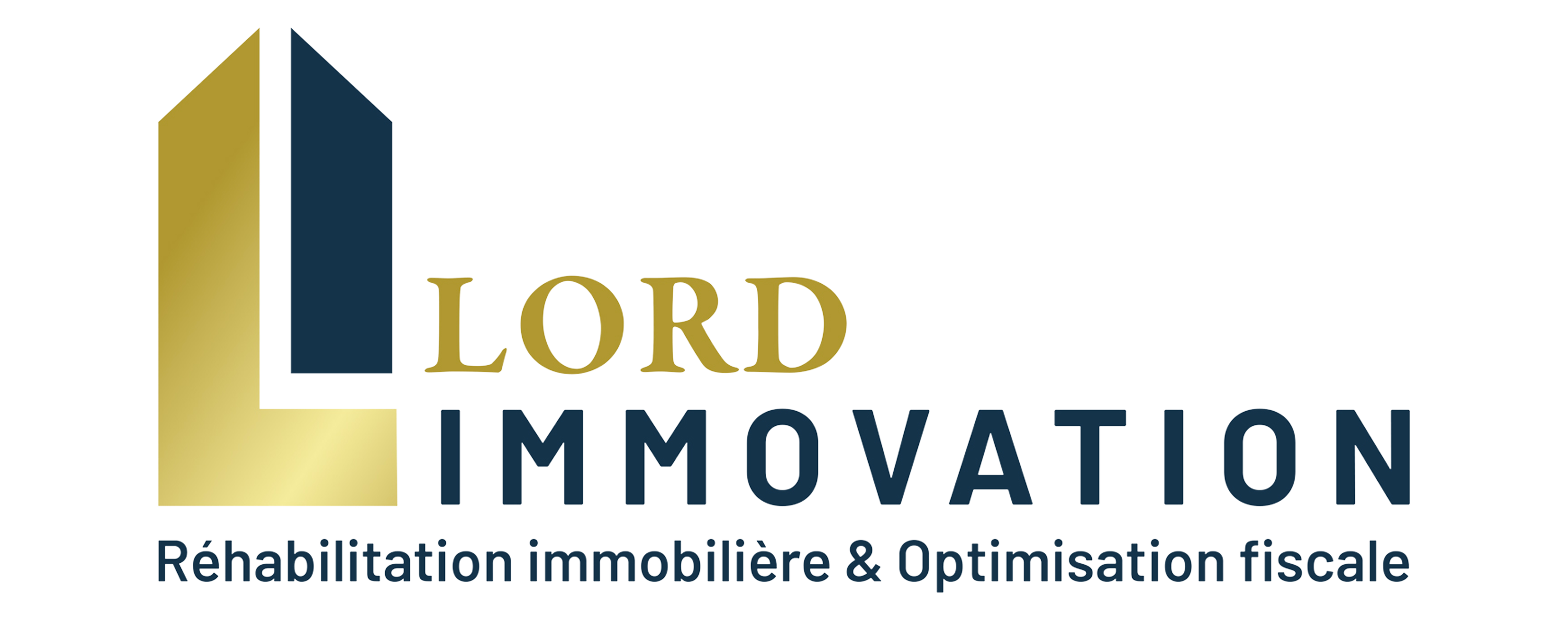How to Test for Diabetes Mellitus: A Comprehensive Guide
Diabetic issues is a persistent clinical problem that impacts countless individuals worldwide. It takes place when the body’s capability to control blood glucose degrees is impaired, causing high levels of sugar in the blood. Early discovery and also proper monitoring of diabetes mellitus are important for stopping complications as well as improving lifestyle. In this interesting article, we will go over the different methods made use of to evaluate for diabetes mellitus.
The Value of Diabetes Testing
Testing for diabetes is necessary for a number of reasons. Firstly, it aids people identify their risk of creating the problem. This is especially important if you have a family members background of diabetes mellitus or if you come from specific high-risk teams, such as those with excessive weight or a less active way of life. Secondly, very early discovery enables prompt intervention as well as way of living adjustments, which can assist protect against or postpone the start of diabetes. Lastly, normal screening is essential for individuals currently diagnosed with diabetic issues to monitor their blood sugar levels and evaluate the performance of their treatment plan.
There are numerous tests available to diagnose diabetes as well as screen blood sugar levels. The choice of examination relies on different aspects, including the individual’s signs, case history, and also the doctor’s recommendation. Allow’s check out these tests in more detail.
1. Fasting Plasma Sugar (FPG) Test
The fasting plasma glucose (FPG) examination is just one of one of the most typical approaches utilized to identify diabetic issues. As the name recommends, this examination needs not eating for a minimum of 8 hours before the blood sample is taken. The test gauges the blood sugar levels in an individual’s blood stream at a single time. An outcome of 126 milligrams crystalix eye drop per deciliter (mg/dL) or higher on 2 different celebrations indicates diabetes.
If the FPG examination indicates high blood sugar level levels, added confirmatory tests might be called for to verify the medical diagnosis. These tests consist of the dental glucose resistance examination (OGTT) as well as the hemoglobin A1C test.
2. Oral Sugar Resistance Examination (OGTT)
The dental sugar tolerance examination (OGTT) is a more detailed examination that entails several blood sugar level dimensions over a duration of numerous hours. Comparable to the FPG examination, this test requires fasting for at the very least 8 hours prior to the examination. After not eating, a person consumes a sugary liquid containing a certain quantity of glucose. Blood samples are then taken at regular periods to gauge how the body metabolizes the sugar. A blood glucose level of 200 mg/dL or greater after two hours shows diabetes.
The OGTT is frequently utilized to diagnose gestational diabetic issues in pregnant women. It is additionally made use of to identify pre-diabetes, a problem in which blood glucose levels are more than regular however not high sufficient to be diagnosed as diabetes.
3. Hemoglobin A1C Examination
The hemoglobin A1C test, likewise known as the A1C examination or glycated hemoglobin test, gives an average of an individual’s blood glucose degrees over the past two to three months. Unlike the FPG and also OGTT examinations, the A1C test does not need fasting. Instead, it determines the portion of hemoglobin that is covered with sugar (glycated hemoglobin). A result of 6.5% or greater on two different events suggests diabetes mellitus.
The A1C test is specifically valuable for people with diabetes as it offers a long-term image of their blood sugar level control. It is likewise utilized for identifying diabetes in people who may not be able to go through the FPG or OGTT tests, such as those with particular clinical conditions.
4. Random Blood Sugar Level Test
The random blood glucose examination is a basic examination that can be carried out at any moment, regardless of when the person last ate. A blood sample is taken, and also the blood glucose degree is measured. If the outcome is 200 mg/dL or greater and also the person has symptoms of diabetes mellitus, it shows the presence of the problem.
Although the arbitrary blood glucose examination is not commonly utilized as an analysis tool, it can be beneficial for people experiencing signs and symptoms of diabetic issues, such as enhanced thirst, constant urination, unexplained weight reduction, or severe fatigue.
Verdict
Testing for diabetes mellitus is important for very early detection, effective management, and also avoidance of difficulties. The selection of test depends on different variables, consisting of the individual’s signs, medical history, and also doctor’s recommendation. The fasting plasma glucose test, dental glucose resistance test, and hemoglobin A1C examination are typically used to identify diabetes. Additionally, the arbitrary blood glucose examination may be executed joint flex krem in certain scenarios. Routine screening and close monitoring of blood sugar levels are vital for people with diabetes to keep ideal health and wellness.
If you suspect you may have diabetic issues or are at threat, seek advice from your doctor for correct screening and assistance. Keep in mind, very early detection as well as timely intervention can make a considerable difference in handling diabetic issues and enhancing your general health.
